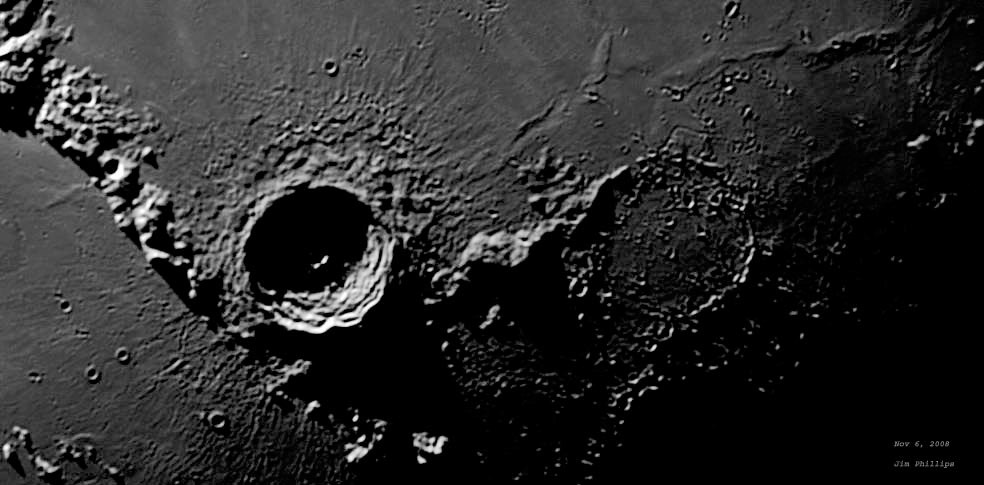Difference between revisions of "November 9, 2008"
| Line 1: | Line 1: | ||
__NOTOC__ | __NOTOC__ | ||
=A Fence= | =A Fence= | ||
| + | <!-- Start of content --> | ||
<!-- ws:start:WikiTextHeadingRule:1:<h1> --> | <!-- ws:start:WikiTextHeadingRule:1:<h1> --> | ||
<!-- ws:start:WikiTextLocalImageRule:7:<img src="/file/view/LPOD-Nov9-08.jpg/45612193/LPOD-Nov9-08.jpg" alt="" title="" /> -->[[File:LPOD-Nov9-08.jpg|LPOD-Nov9-08.jpg]]<!-- ws:end:WikiTextLocalImageRule:7 --><br /> | <!-- ws:start:WikiTextLocalImageRule:7:<img src="/file/view/LPOD-Nov9-08.jpg/45612193/LPOD-Nov9-08.jpg" alt="" title="" /> -->[[File:LPOD-Nov9-08.jpg|LPOD-Nov9-08.jpg]]<!-- ws:end:WikiTextLocalImageRule:7 --><br /> | ||
| Line 18: | Line 19: | ||
<p><b>Tomorrow's LPOD:</b> [[November 10, 2008|Before And After]] </p> | <p><b>Tomorrow's LPOD:</b> [[November 10, 2008|Before And After]] </p> | ||
<hr /> | <hr /> | ||
| + | {{wiki/ArticleFooter}} | ||
Revision as of 20:26, 7 February 2015
A Fence

image by Jim Phillips, Charleston, South Carolina. Eratosthenes and Stadius, north to bottom left.
Ejecta from an impact event spews out at all angles, from straight up to low angle. We see lots of evidence of ejecta here, with all the pits at the right being secondary craters from Copernicus, beyond the shadow at bottom right. But the ejecta of interest created the ridges and wormy depressions surrounding Eratosthenes in this dramatic image by Jim. This so-called continuous ejecta blanket extends out about one crater diameter (58 km) beyond the crater rim. But do you notice that the ejecta doesn't look the same all around the crater? There seems to be less of the ridges and gullies between the 7 pm and 11 pm angles (and the higher Sun makes what is there harder to see). Eratosthenes formed on lavas and the western end of the Apennine Mountain range, which is visible as the diagonal from upper left. It looks like the Apennine peaks blocked some of the low angle ejecta from Eratosthenes, causing the relative lack of continuous ejecta mentioned above. Next time you look at the distribution of ejecta around a fresh crater look to see if there was any blockage due to nearby topography.
Chuck Wood
Technical Details
Nov 6, 2008. TMB 8" F/9 @ F/36.
Related Links
Rükl plate 21
Yesterday's LPOD: Younger Farside
Tomorrow's LPOD: Before And After
COMMENTS?
Register, Log in, and join in the comments.



